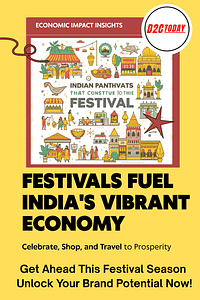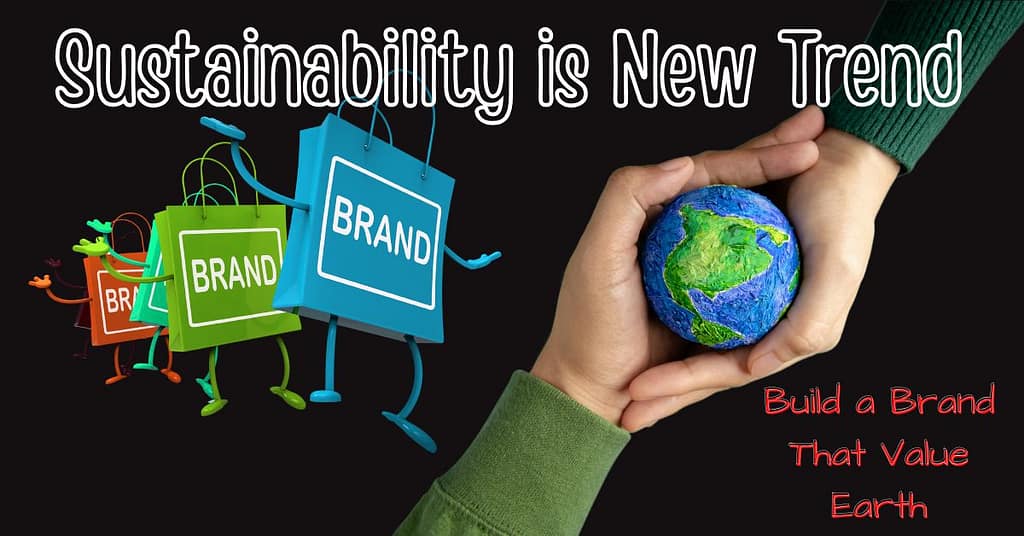Building Sustainable D2C branding | Growing, Eco-friendly demand | Top Trends in D2C | Gen Z
To build a sustainable D2C brand, align with eco-conscious values, use ethical sourcing, reduce waste, leverage AI, and communicate transparently to earn consumer trust and drive long-term environmental impact.
Understand and Align with Eco-Conscious Consumer Values.
Table of Contents
Understand and Align with Eco-Conscious Consumer Values
Research Consumer Preferences and Environmental Priorities
To build a sustainable D2C brand that attracts eco-conscious consumers, it’s vital to understand their preferences and environmental priorities. By 2025, consumers are increasingly aware of the impact their purchases have on the environment. They value transparency, ethical practices, and sustainability in the brands they support. Conduct market research and engage in conversations with your target audience to identify their values and needs.
Create Products that Meet Eco-Friendly Standards
Once you have a clear understanding of your eco-conscious consumers, the next step is to create products that align with their values. Ensure that your products are made with sustainable materials, have a minimal carbon footprint, and are produced through ethical practices. Here are a few key steps:
- Use recycled or renewable materials
- Minimize packaging waste
- Opt for eco-friendly production processes
- Implement fair labour practices
Engage with Consumers Through Sustainable Practices
Connecting with eco-conscious consumers goes beyond offering sustainable products. It’s about demonstrating a commitment to sustainability in every facet of your business. Engage with consumers by:
- Communicating your brand’s sustainability efforts through transparent messaging
- Sharing stories and updates on your progress towards sustainability goals
- Encouraging and facilitating recycling or responsible disposal of your products
- Partnering with environmentally focused organizations and initiatives
Eco-Friendly Consumer Habits
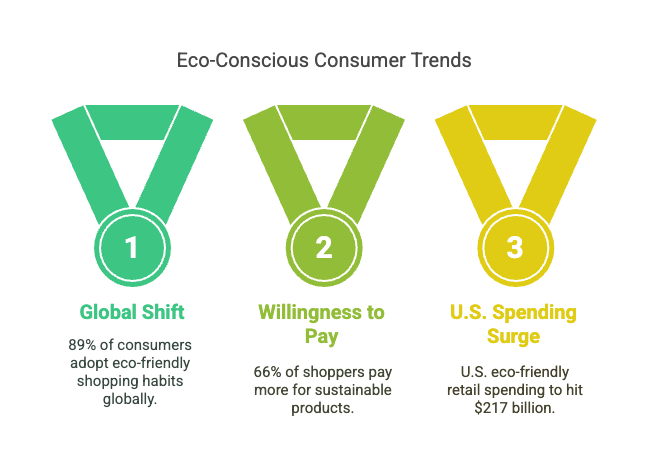
By understanding and aligning with the values of eco-conscious consumers, creating eco-friendly products, and engaging through sustainable practices, your D2C brand can build a loyal and passionate customer base dedicated to making a positive impact on the environment.
Integrate Sustainable Practices into Your Business Model
Building a sustainable D2C brand that attracts eco-conscious consumers requires adopting environmentally friendly practices at every stage of your business. By integrating sustainable practices into your business model, you contribute to the planet while creating a brand that resonates with mindful consumers. Here are key areas to focus on:
Adopt Sustainable Sourcing and Production Methods
One of the most significant steps in building a sustainable business is adopting ethical and sustainable sourcing practices. Ensure that the raw materials for your products are responsibly sourced and that your production methods are eco-friendly. Consider the following:
- Choose suppliers who adhere to ethical labour practices and environmental regulations.
- Opt for organic or recycled materials whenever possible.
- Minimize the use of harmful chemicals in your production process.
- Support fair trade certified sources to ensure your supply chain is ethically managed.
Implement Circular Economy Practices
A circular economy aims to keep products, components, and materials at their highest utility and value at all times, distinguishing between technical and biological cycles. By adopting circular economy practices, you can significantly reduce your environmental impact:
- Design products that can be easily disassembled and recycled.
- Encourage recycling and reusing materials in your production processes.
- Setup take-back schemes for your products to ensure they are recycled properly.
- Collaborate with recycling partners to manage waste effectively.
Focus on Reducing Carbon Footprint and Waste
Reducing your carbon footprint and managing waste are crucial steps in creating a sustainable business. Consumers are increasingly aware of the impact of their purchases, and they prefer brands that actively work to reduce their environmental footprint. Here’s how you can focus on these areas:
- Invest in energy-efficient technologies and renewable energy sources for your operations.
- Optimize your logistics and supply chain to minimize fuel consumption and emissions.
- Implement waste-reduction strategies, such as minimizing packaging and using biodegradable materials.
- Measure your carbon footprint regularly and set targets to reduce it year over year.
Sustainable Product Preferences
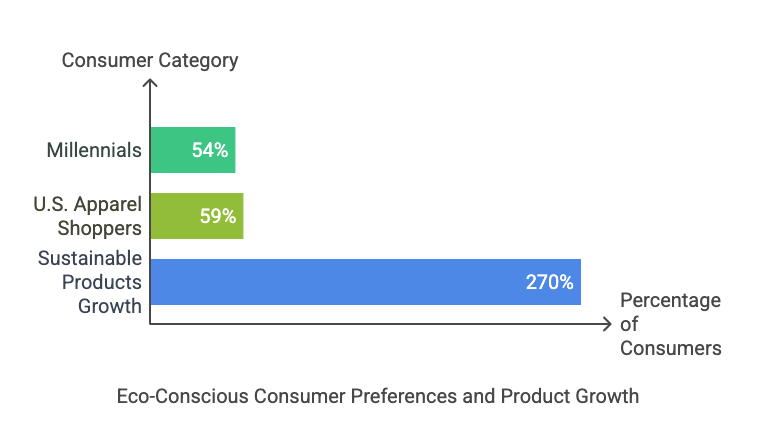
By integrating these sustainable practices into your business model, you not only contribute to environmental wellness but also build a strong and trustworthy brand that eco-conscious consumers will support and advocate for. Making sustainability a core part of your business strategy is essential for long-term success and positively impacting the planet.
Communicate Transparently About Your Sustainability Efforts
Honesty and transparency are essential when sharing your brand’s sustainability initiatives. Open communication builds trust with your audience and establishes your brand as credible and committed to genuine environmental stewardship. Here’s how to effectively communicate your sustainability efforts:
Be Open About Sustainability Goals and Achievements
Start by clearly outlining your sustainability goals. Detail what you aim to achieve in your sustainability journey, whether it’s reducing carbon emissions, using renewable energy, or minimizing waste. Share specific targets and deadlines to demonstrate your commitment. Moreover, it’s important to disclose ongoing progress transparently. Highlight your achievements and milestones, no matter how small:
- Set measurable sustainability targets.
- Share updates on progress regularly.
- Celebrate milestones reached with your audience.
Avoid Greenwashing by Providing Factual and Verifiable Claims
Greenwashing can irreparably damage your brand’s reputation. To avoid it, ensure that all claims about your sustainability practices are factual and verifiable. Use concrete data and third-party certifications to lend credibility to your statements:
- Use clear and specific language when discussing sustainability efforts.
- Backup claims with data and evidence.
- Highlight third-party certifications and recognitions.
Use Storytelling to Highlight Your Brand’s Sustainability Journey
Engage your audience by sharing the stories behind your sustainability initiatives. People connect with stories, making your journey more relatable and compelling. Whether it’s a behind-the-scenes look at ethical sourcing practices or a profile of employees driving sustainability in your company, storytelling can make your efforts resonate with consumers:
- Share the inspiration behind your sustainability goals.
- Tell stories about the people and processes involved in sustainable practices.
- Use multimedia elements like videos and images to bring stories to life.
Harnessing Technology and Innovation for Sustainability in D2C Brands
Building a sustainable Direct-to-Consumer (D2C) brand isn’t just about sourcing ethically or reducing waste. It’s also about integrating modern technology and innovative solutions to create measurable, positive impacts on both the environment and your bottom line. Here’s how:
Utilize AI to Optimize Supply Chain Efficiency
Artificial Intelligence (AI) has the capability to refine supply chain processes, minimizing emissions and reducing waste:
- Predictive Analytics: AI can anticipate demand, helping to reduce overproduction and excess inventory.
- Resource Allocation: Efficiently match resources with real-time needs to minimize transportation and storage emissions.
- Automated Decision-Making: Rapid adjustments to supply chain strategies based on fluctuating factors ensure sustainability goals are consistently met.
Sustainability Practices for D2C Brands
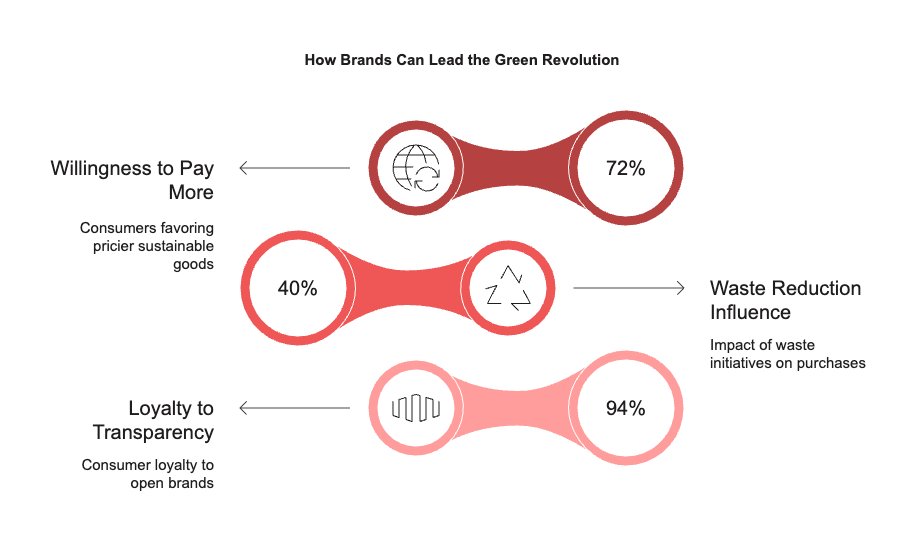
Incorporate Smart Tech for Renewable Energy Solutions
Transitioning to renewable energy is not only an environmental decision but also a strategic business move. Smart technology can aid in making this transition smoother:
- Smart Grids: Use AI to optimize energy distribution and reduce wastage.
- IoT Devices: Monitor and manage energy consumption in real-time to identify areas for improvement.
- Renewable Integration: Integrate renewable energy sources like solar or wind into your energy mix.
Innovate Sustainable Products with R&D
Research and Development (R&D) is at the heart of creating sustainable products. Innovation in this area ensures that products not only meet consumer needs but do so responsibly:
- Alternative Materials: Explore biodegradable or recyclable materials to replace traditional, environmentally harmful ones.
- Eco-Friendly Processes: Implement new manufacturing processes that reduce carbon footprints and utilize fewer resources.
- Product Lifecycle Management: Design products with their full lifecycle in mind, including end-of-life recyclability.
By harnessing AI, smart technology, and continuous innovation, your D2C brand can pave the way towards a more sustainable future, attracting eco-conscious consumers and setting new industry standards.
Related Articles
5 AI Marketing Strategies Leading Brands Are Using in 2025
Quick Commerce India: Consumer Minds, Shaping Global Trends 2025




